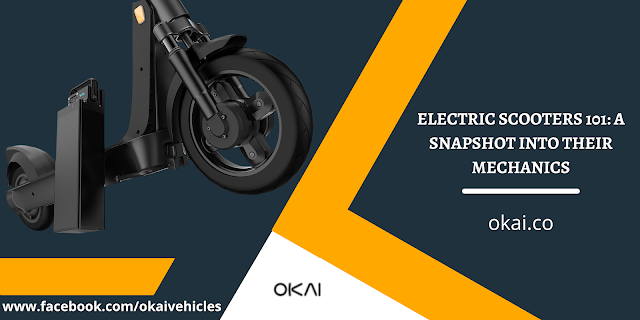What is Micro-mobility and How does it Fit into our Lives?

The world is changing really fast. Almost every industry is evolving at such a rapid pace that it is difficult to cope up with the pace of the evolution. As said with everything in the world, with pros come the cons; micro-mobility is no exception. In more general terms, you may be introduced to micro-mobility in the form of electric scooters , electric bikes, pedal-assisted bikes, and shared electric scooters & e-bikes. The definition of micro-mobility itself is evolving, but whatever it may evolve into, it will always be about smallness and movement. Industry experts, scientists, and think tanks are suggesting single-occupant vehicles are the future of modern cities, but the industry is still in its infancy. Have a look at what micro-mobility is, how it fits into our lives, and what its challenges are. What is micro-mobility? Micro mobility includes small vehicles or a method of transportation that includes vehicles operating at speeds typically...

